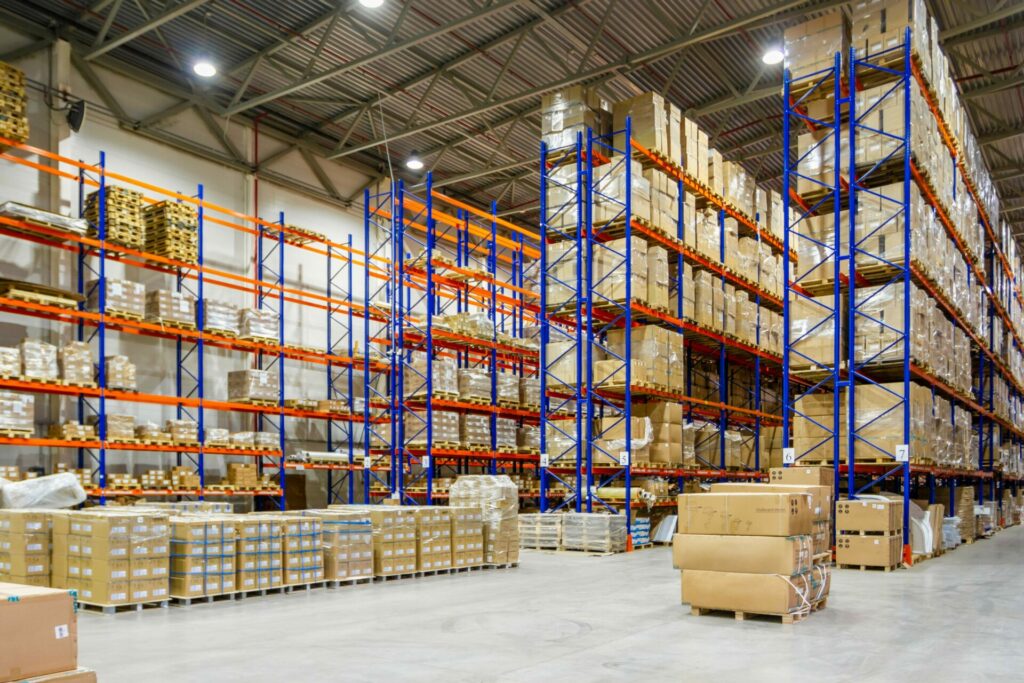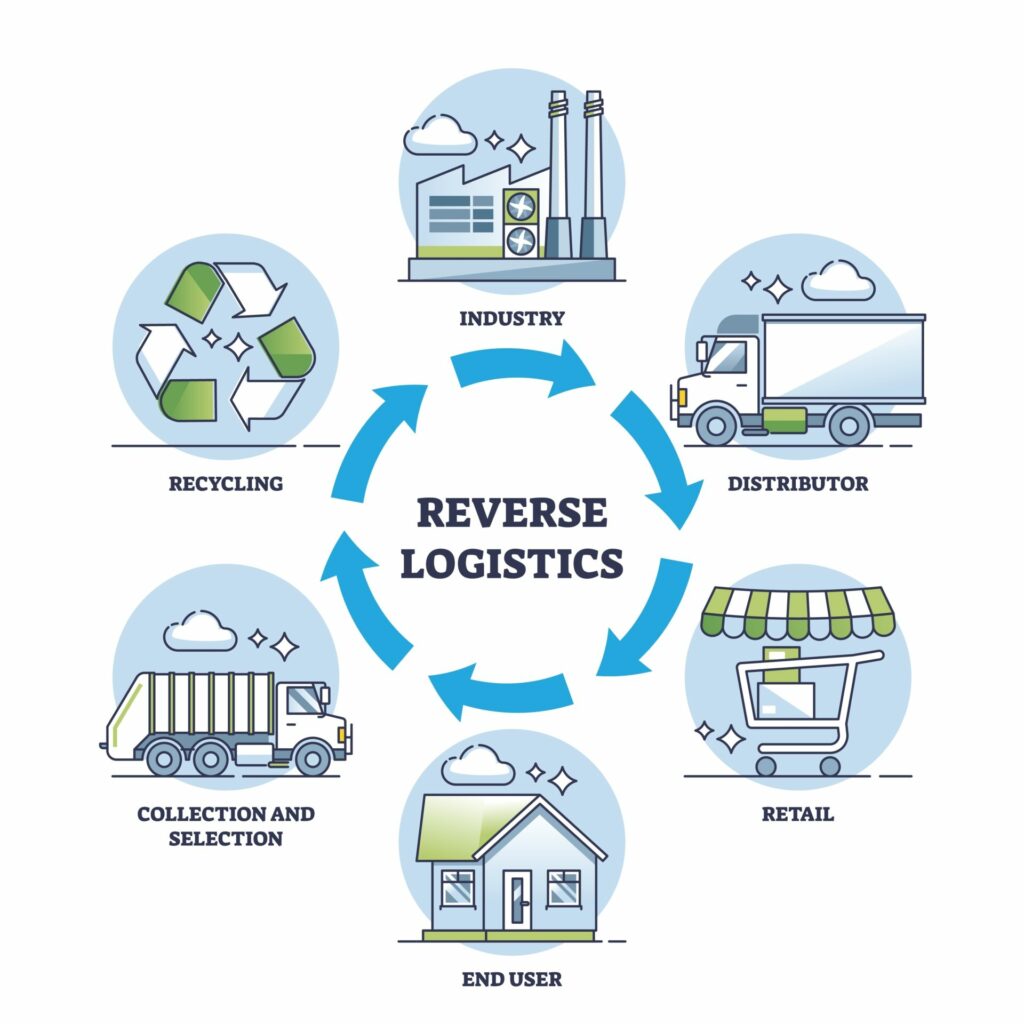[This is an updated post from June 23rd, 2021]
Imagine that a customer walked into your store and spent $100. A few minutes later, another customer comes in and spends $500. Of these two customers, which is more valuable to your business?
At face value, it’s easy to choose the latter. But a single purchase doesn’t tell the whole story. The customer who bought $100 worth of products may have spent $100 per month for the past 6 months, whereas the customer who spent $500 might never shop with your brand again.

This is what happens when brands don’t measure the value of customers over the entire span of their lifetime. You have no real sense of how buying behavior is changing over time, or even how long a customer typically sticks with your business. This is a massive disadvantage, considering that an existing customer is around 40-50% easier to convert than a new customer.
This makes Customer Lifetime Value one of the most to track. But here’s the thing – even those that are doing it are probably doing it wrong.
In this blog, we’re going to dive into customer lifetime value, how to measure it, and why it matters for e-commerce brands. Let’s dive in!
What is Customer Lifetime Value?
Put simply, Customer Life Value (CLV) is a measure of how much a customer spends throughout their relationship with you.
There are a variety of ways to calculate CLV, though this is the most common:
Average Order Value (AOV) X Average Number of Orders Per Year x Average Length of Relationship
So, if the average customer has an AOV of $70 and places an average of 8 orders per year for 6 years, your CLV would be:
$70 X 8 X 6 = $3,360
Why does CLV matter in ecommerce?
Gain customer and product insight
When you’re actively tracking CLV, you’re also gaining invaluable insight into your customer base and product catalog. You may find your most loyal customers with the highest CLV are repeat purchasing the same product over the course of their lifetime. In this case, you may want to focus on producing similar products.
Alternatively, it could be beneficial to pinpoint existing customers with the highest CLV and ask them for feedback on their experience: what they like, what they don’t like, and what they want to see more of.
Encourages informed business decisions
Calculating customer lifetime value gives brands a better view of the health of their business overall. If you find yourself spending much more on marketing products that your high-value customers aren’t purchasing, you could change your strategy and optimize efforts towards more popular products among loyal customers.
A by-product of calculating customer lifetime value? Understanding year over year. If you’re already tracking your customer’s relationship timeline in years, you can easily begin to track customer retention rates.
Boost customer retention rates
You can’t really talk about the average customer lifespan without having retention join the conversation. Once brands begin to calculate customer lifetime value and dig into their repeat customers, they’ll have better insight into how long (on average) customers are staying with their business and why they’re staying.
With this fuel in hand, brands can begin to optimize their sales and marketing efforts.

The benefits of increasing customer lifetime value
Build a community of brand advocates
Consumers are more likely to spread awareness about a brand if they’ve had either a very positive or very negative experience. By increasing the average customer lifetime value, brands are ultimately creating more positive experiences for their customers. Otherwise, they wouldn’t come back! In turn, this leads to a community that is much more likely to share their experience with friends and family, bringing in new customers without any additional marketing spend.
Drive repeat sales and increase profitability
Higher CLV = happier customers and a higher purchase frequency. Initiatives taken to increase CLV will not only attract new customers but also keep existing ones in a purchasing loop, resulting in higher overall profits. Keeping customers engaged and encouraged to spend repeatedly over a period of time will ultimately be reflected in a brand’s bottom line.
Reduce customer acquisition costs
We all know how costly acquiring new customers can be! When a business nurtures its already existing relationships with customers, it can help reduce some of those high acquisition costs that are going towards customers who may only purchase once and never come back. Plus, if a brand understands average revenue from their most loyal customers, they can tailor their acquisition efforts to make sure they don’t overspend and stay in the green.
The problem with taking CLV at face value
CLV is an important measure of success in that it forces merchants to take a long-term view of their customer relationships. It puts vanity metrics like customer acquisition into context by showing how much your initial Customer Acquisition Cost (CAC) generates over time.
But the problem with this approach to CLV is that it doesn’t take into account the numerous other ways that customers can add value to your business.
For example, you might have a customer who purchases from you infrequently and at a low AOV. Using the above calculation, it’s easy to say that their CLV is low.
But what if that customer was also one of your brand’s biggest advocates on social media, or regularly provides insightful answers in your customer surveys? This makes them immensely valuable to your business. Yet these behaviors fall outside the scope of how CLV is typically measured.
This example reveals why conventional approaches to CLV are no longer fit for purpose.
In 2023, the is driven by a plurality of different brand interactions, and actual transactions are often in the minority. By excluding these from your CLV measurements, it’s impossible to get the full picture of how your customers are providing value.
3 tips for boosting CLV
Make returns easy
The harder it is to return a product, the less likely that customers will purchase with your brand again. Taking out all of the friction in a return leaves room for new and returning customers to fall in love with other products and begin another purchasing journey (without being worried about a terrible returns experience). Essentially, it gives them the confidence to come back.
Develop a loyalty program
Loyalty programs are designed to incentivize repeat purchases, which means they’ll consistently boost CLV as long as they’re done well. Exclusive discounts, free shipping, and longer return windows are just some of the ways that brands can cater to their most engaged customers. Not sure where to start when it comes to developing a loyalty program? Check out our tips here!
Ask for customer feedback
The cornerstone of any successful business is stay on the pulse on your community. If existing customers are consistently purchasing from your brand, why not ask them for feedback? It could help drive better results in the long run and boost customer satisfaction. Something as simple as a better sizing chart for online shopping could help boost CLV. Plus, asking for feedback shows your customers that you care!
Glossier: The master of social commerce
The most successful D2C brands out there are those who’ve built brand loyalty by harnessing the power of two interactions – 1. keeping their customers in a closed loop of browsing and 2. purchasing. Let’s take a look at Glossier as a study.
When Glossier first started making headlines, everyone wanted to know how the emerging brand had so suddenly become a cult-like favorite. Consumers weren’t just buying a single product, but building their very own Glossier catalogs inside their bathroom cabinets – a feat that no single cosmetics brand has achieved so readily.
So, how was it possible for an online-only brand to gain such a dedicated global following when they didn’t even have store locations? Their flagship store in New York City didn’t open until 2018 – four years after the brand launched.
The answer is two-fold. Glossier bucked the prevailing trend in cosmetics by making its product catalog deceptively simple. Offerings like face mist and moisturizer were designed as ‘cornerstone’ products to appeal to a broad range of beauty consumers – without actually needing to be tried in advance of purchasing.
But more importantly, Glossier has elevated the concept of social commerce to a whole new level. Its social media accounts are a carefully curated mash-up of slick product photography, bathroom selfies, and screengrabs of what users have to say about their favorite beauty brand.
Not only this, but they make a clear effort to answer their follower’s questions, provide advice, and reward users with a coveted spot on their feed:


In sum, Glossier doesn’t approach Customer Lifetime Value from the standpoint of sales alone. It’s within these hallowed social media feeds that Glossier discovers what devotees think about new products, gets ideas for new offerings, and encourages them to share their @glossier stories to keep spreading the word.
“I want to foster a real dialogue with Glossier,” said Founder Emily Weiss back in 2014. “If we sold through a department store or mass retailer, that would be more difficult to do. Conversations are so important to building the Glossier community.”
By prioritizing social commerce, Glossier has built an iconic brand that positions the role of the customer as brand advocates, social media managers, and even product developers. In sum, they’ve helped to expand CLV beyond a cold focus on sales activity.
Customer Lifetime Value: In conclusion
It’s obviously important to measure customer lifetime value. BUT, focusing on one sole metric is never going to boost revenue.
The big takeaway here? Customer value is more than just how much money your customers are spending over their lifetime. Like any business metric, customer lifetime value needs to be taken into account with other values for a more accurate big-picture view.
In fact, if a brand only focuses on its customer lifetime value calculations, it could be missing out on plenty of other revenue and customer loyalty-driving forces like word-of-mouth marketing.
In a digital ecosystem where consumers and brands can talk to each other seamlessly, the scope for measuring CLV is limited only by how much your business invests in creating an enjoyable customer experience.
Or, as they may say in Matrix, there is no spoon.





